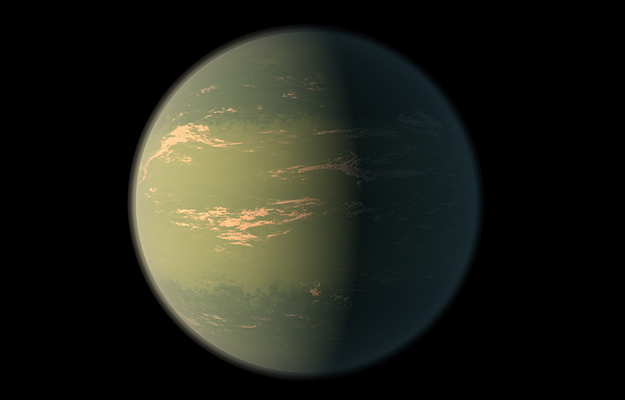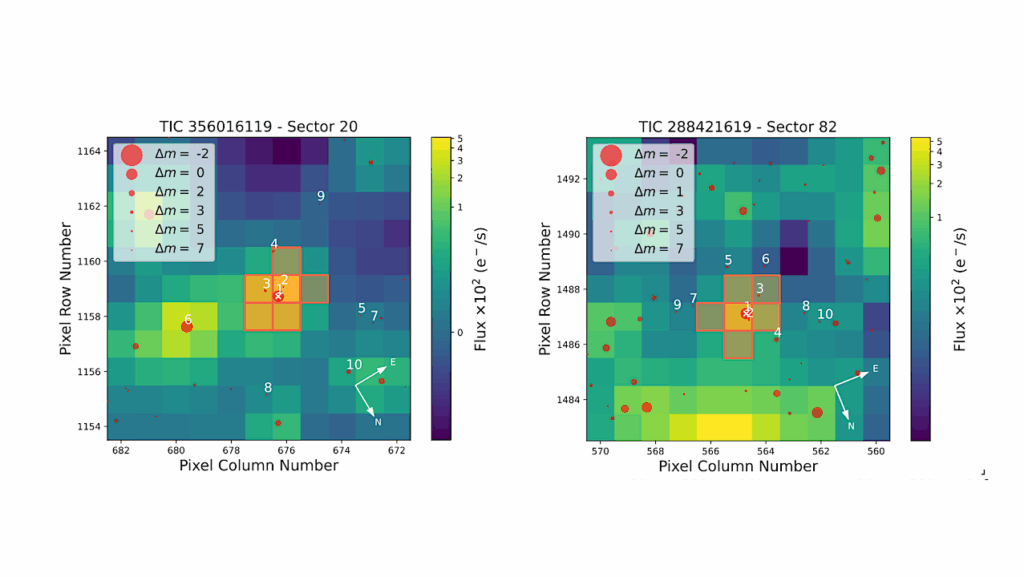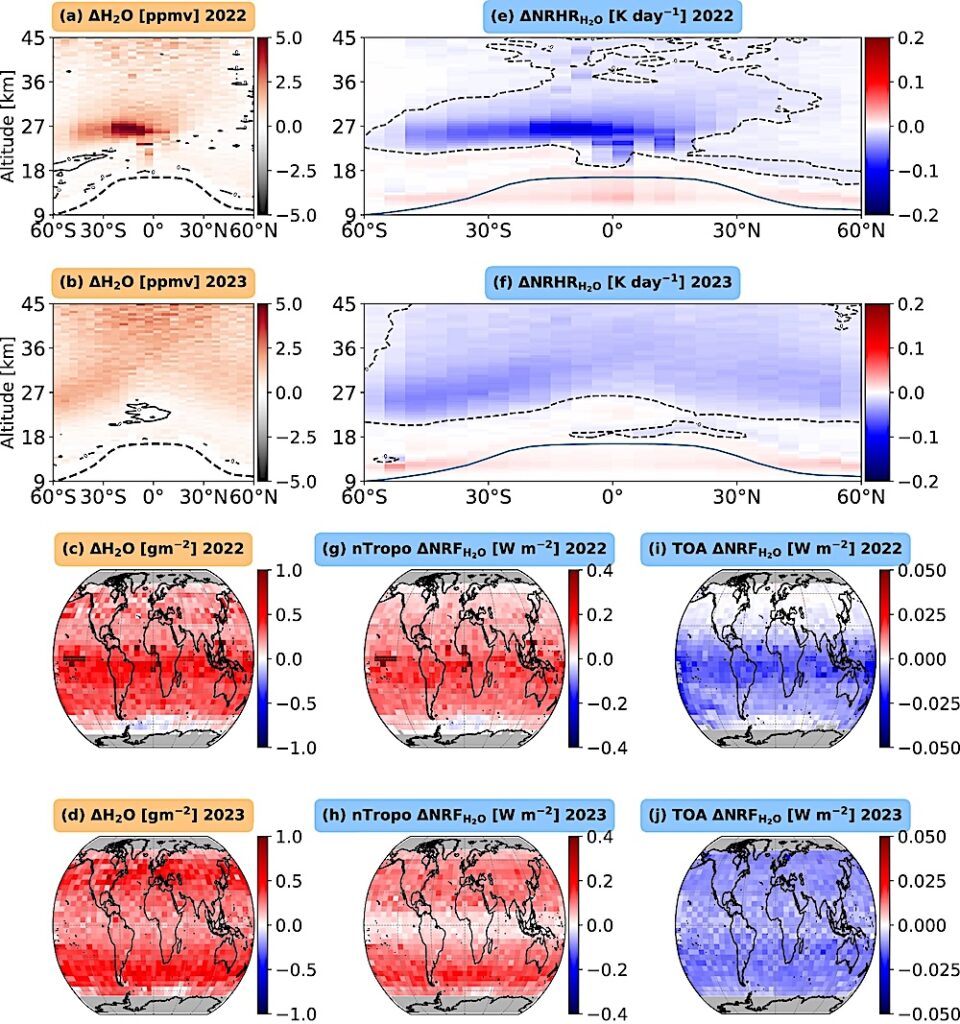Key Technology Challenges for the Study of Exoplanets and the Search for Habitable Worlds

In support of the National Acadamies’ Exoplanet Science Strategy, this whitepaper outlines key technology challenges for studying the diversity of worlds in the Galaxy and in searching for habitable planets.
Observations of habitable planets outside of our solar system require technologies enabling the measurement of (1) spectral signatures of gases in their atmospheres, some of which may be of biological origin, and (2) planetary mass. Technology gaps must be closed in many areas. In some cases, performance requirements are 1-2 orders of magnitude from the current state-of-the-art. Thes technology gaps are in the areas of: starlight suppression (for reflection or emission spectroscopy; coronagraphs or starshades, contrast stability, detector sensitivity, collecting area, spectroscopic sensitivity, radial stellar motion sensitivity, and tangential stellar motion sensitivity.
The technologies advancing to close these gaps are identified through the NASA Exoplanet Exploration Program’s (ExEP’s) annual Technology Selection and Prioritization Process in collaboration with the larger exoplanet science and technology communities. Details can be found in the annual ExEP Technology Plan Appendix. Looking towards the more distant future, the size of a desired single-aperture space telescope, even when folded, may exceed current launch capabilities, suggesting the study of in-space assembly approaches.
Additionally, mid-infrared spectral observations of candidate habitable worlds may be needed to rule out false positives observed at shorter wavelengths and add supportive evidence. Consequently, single aperture telescopes may prove impractically large and space interferometry may be needed, as identified in NASA’s 30 year roadmap Enduring Quests, Daring Visions
Brendan Crill, Nick Siegler, Shawn Domagal-Goldman, Eric Mamajek, Karl Stapelfeldt
(Submitted on 12 Mar 2018)
Comments: arXiv admin note: substantial text overlap with arXiv:1801.07811
Subjects: Instrumentation and Methods for Astrophysics (astro-ph.IM); Earth and Planetary Astrophysics (astro-ph.EP)
Cite as: arXiv:1803.04457 [astro-ph.IM] (or arXiv:1803.04457v1 [astro-ph.IM] for this version)
Submission history
From: Brendan Crill
[v1] Mon, 12 Mar 2018 18:54:38 GMT (140kb)
https://arxiv.org/abs/1803.04457
Astrobiology








